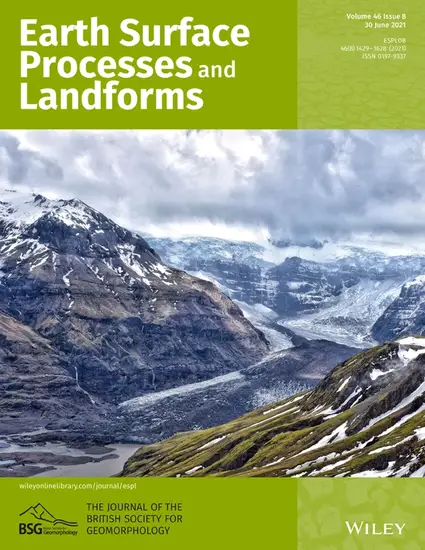
Article
Natural and anthropogenic controls on sediment rating curves in northern California coastal watersheds
Earth Surface Processes and Landforms
(2021)
Abstract
The watersheds along the north coast of California span a wide range of geologic settings, tectonic uplift rates, and historic timber harvest activity. Known trends in how each of these factors influence erosion rates provides an opportunity to examine their relative importance. We analyzed 71 watersheds within nine larger river basins, investigated the factors influencing suspended sediment rating curves (SRCs), investigated how SRCs varied among our study watersheds, and used Random Forest modeling (RFM) to determine which environmental characteristics and land management metrics influence SRC shapes, vertical offsets, and slopes. While SRCs typically take the form of a power function, they also can exhibit threshold or peak relationships. First, we found both power and threshold relationships for the SRCs within our study watersheds. Second, the SRC offsets and slopes systematically varied with regional tectonic uplift. Third, SRC offsets increased in several watersheds following intensive timber harvest events and SRC slopes decreased due to a greater relative increase in suspended sediment concentration at lower flows than higher flows. Our RFM correctly classified 96% of the SRC shapes using two near-channel metrics; near-channel precipitation-sensitive deep-seated landslide susceptibility and near-channel soil erodibility. Our RFM models also showed that timber harvest activity and near-channel local relief can explain 40% of the variability in SRC offsets, whereas tectonic uplift rates, millennial-scale erosion rates, and precipitation patterns explain 40% of the variability in SRC slopes.
Disciplines
Publication Date
2021
DOI
https://doi.org/10.1002/esp.5137
Citation Information
Patrick Belmont. "Natural and anthropogenic controls on sediment rating curves in northern California coastal watersheds" Earth Surface Processes and Landforms Vol. 46 Iss. 8 (2021) p. 1610 - 1628 Available at: http://works.bepress.com/patrick_belmont/172/
